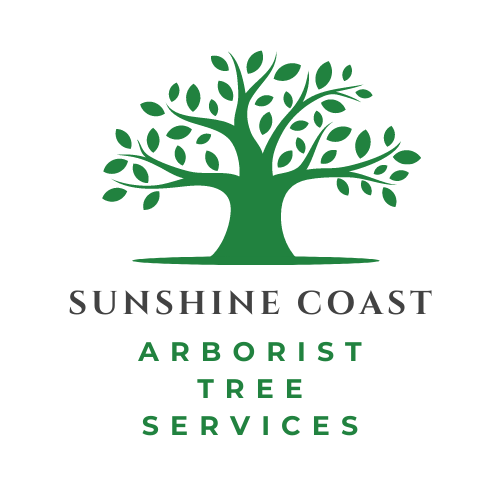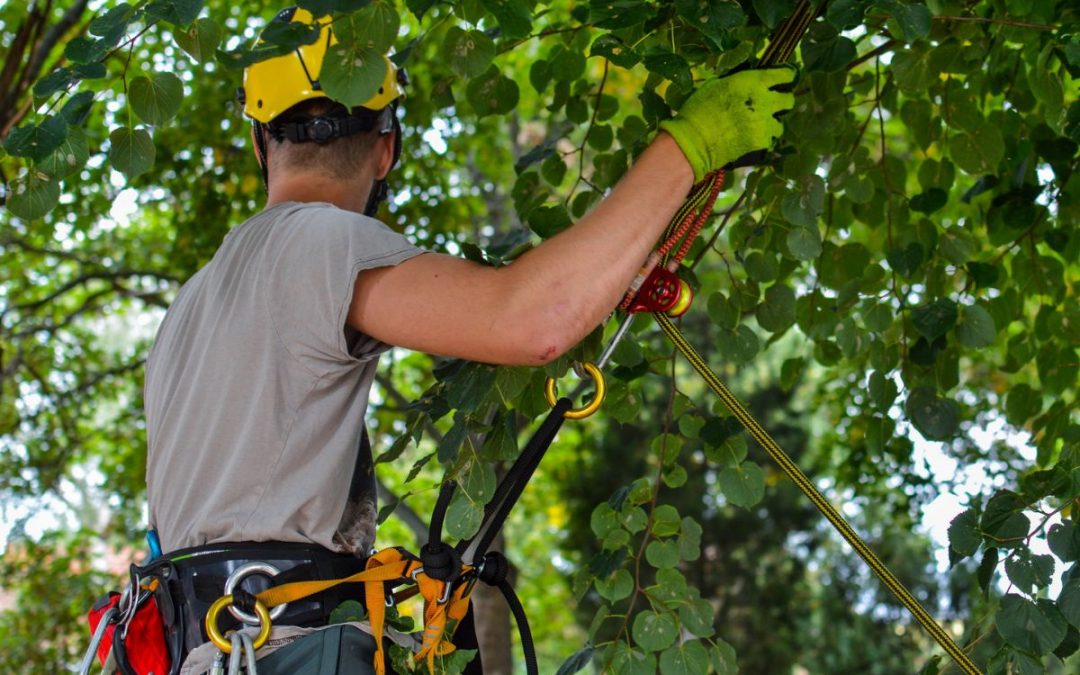Arboriculture is the art and science of caring for trees. It is a career that many people find rewarding, as it allows them to work outdoors and to help improve the appearance of their community. If you are interested in starting a career in arboriculture, there are a few things you should keep in mind. First, you will need to obtain the proper training. Many community colleges offer programs in arboriculture, and there are also many private companies that offer training courses. In addition, you will need to obtain certification from the International Society of Arboriculture. This certification will show potential employers that you have the knowledge and skills necessary to perform the job safely and effectively. Finally, you should consider joining a professional organization such as the National Arborist Association or the Tree Care Industry Association. These organizations offer many resources for arborists, including educational opportunities and networking events. By following these tips, you can get started on a rewarding career in arboriculture.
What You Need to Know When Starting a Career in Arboriculture
Arborist, tree surgeon, arbolista, baumpflegerin, arboriste; whatever the title, professionals in the arboriculture industry exist worldwide. Everywhere there are trees, people practice the broad field of arboriculture in some sense or another.
What Is Arboriculture?
Arboriculture is defined as “the cultivation, management, and study of individual trees, shrubs, vines, and other perennial woody plants.” The scope of an arborist’s work is broad. It extends from selecting the right plant for a site, caring for trees throughout their lives, and even removing trees when required.
While no trees grow in an isolated bubble, our focus as arborists is on individual trees. That focus on individual trees is what separates arborists from foresters, in that the arborist’s role is specifically to lose the forest for the tree. Caring for trees encompasses a wide variety of tasks, including planting, pruning, diagnosing, treating, and when necessary, removing trees.
At the core of all these work phases are the same requirements:
Be safety-conscious.
Possessing the underlying knowledge of the science involved.
Having the ability to perform the task at hand precisely.
As long as the trainee approaches the process with curiosity, humility, and a positive attitude, we can teach all the skills required to be a top-notch arborist.
What Makes a Good Arborist?
Tree work is inherently dangerous, but arborists can mitigate these dangers by approaching their work with care and respect. Being alert and having a healthy sense of self-preservation is critical to success on a tree crew. Most tree care should never be done alone because of the hazards involved; to be successful, arborists must work well as part of a team. Collaboration and teamwork are critical when the hours get long, or the situation becomes stressful, like during storm cleanup. However, completing a complex project as part of a team and seeing the results of your hard work at the end of the day is a feeling hard to match.
At Vineland Tree Care, we take a scientific approach to all aspects of tree care. We route our recommendations to the most up-to-date understanding of tree physiology and plant pathology and base our work practices on industry-standard Best Management Practices. While a related degree can help provide a baseline for people learning the trade, it’s not mandatory. More critical is curiosity and desire to learn about trees and the most prevalent issues affecting them. Many arborists have learned everything they know through self-study and attending continuing education seminars, including our two ISA Board Certified Master Arborists.
There’s no other way to put it- tree work is hard work. It’s physically demanding, mentally challenging, and highly technical. It’s also gratifying- few other careers can provide as strong a sense of accomplishment. Tree climbing can feel like art in motion; operating hydraulic equipment smoothly can make the machine look like an extension of the operator’s body. Successful arborists are resilient people who understand that, as with any career, acquiring the skills to do the job is a process that takes time and has its ups and downs.
How Do I Become an Arborist?
Starting a career in arboriculture is usually similar through the early stages. A trainee arborist must develop situational awareness on worksites, learn to work with equipment and tools safely, begin to be able to identify trees and other plants and become familiar with modern Best Management Practices for tree care. Arborist skills are unique and can’t be taught in a college classroom. On-the-job, hands-on training is critical to the progression of an aspiring arborist’s career development. Especially for trainee arborists interested in working aloft, whether using ropes or aerial lift equipment.
Vineland Tree Care uses the Tree Care Industry Association’s Tree Care Academy Career Pathway to supplement our in-house training program and provide the knowledge and skills required to work effectively as an arborist on a tree pruning and removal crew.
The Tree Care Academy program is a series of learning modules that combine online coursework with on-the-job skills checks. Using the Tree Care Academy helps ensure our training program meets all applicable ANSI and OSHA standards. It also provides the foundation for further safety training and career-long, ongoing skills development.
Vineland Tree Care has been helping arborists start and advance their careers since 2004. We are always interested in talking to anyone who wants to hear more about a career in arboriculture. Contact us today if you’d like to explore a future in the tree care industry!

